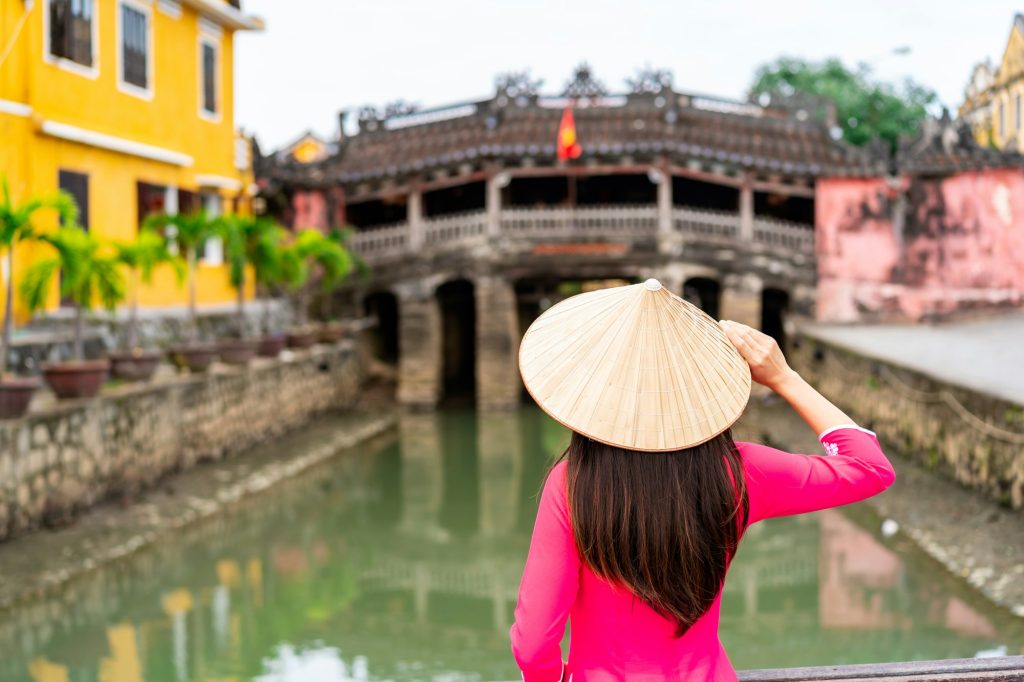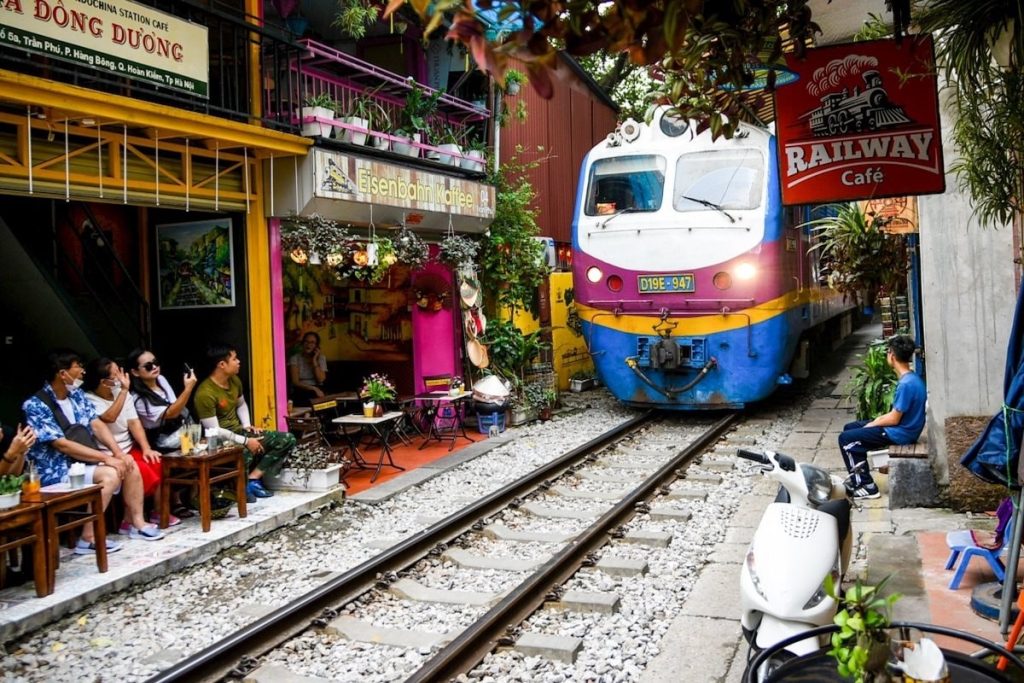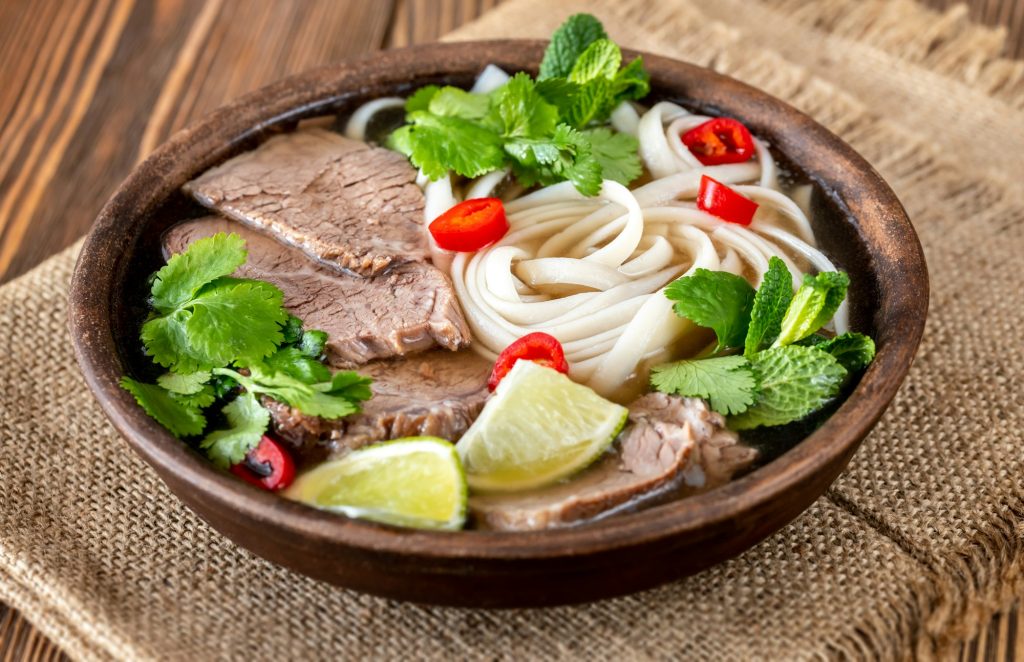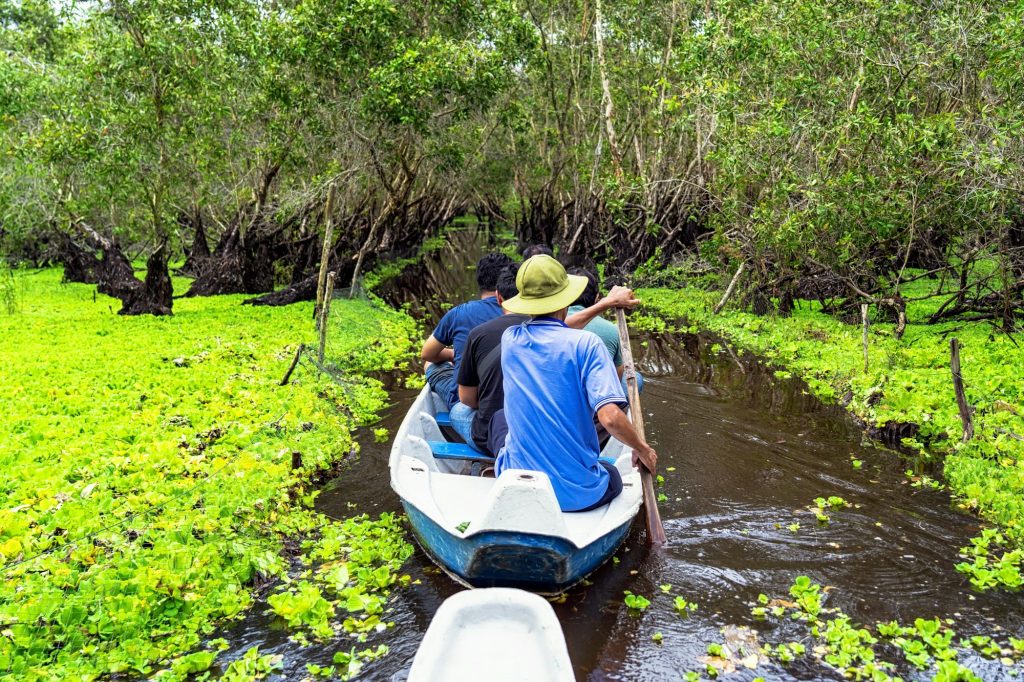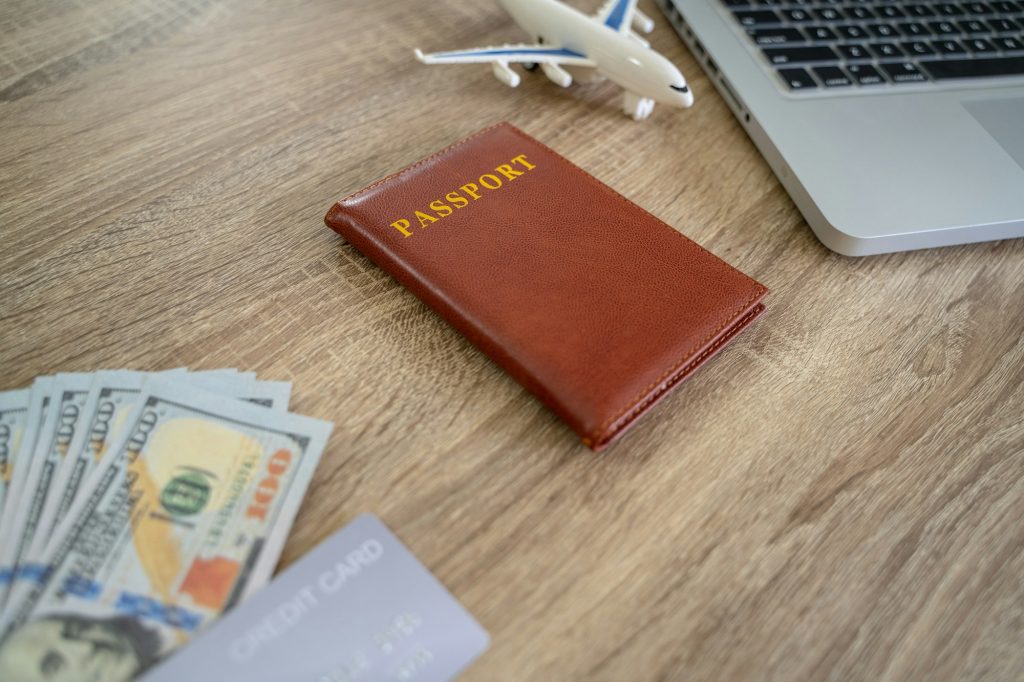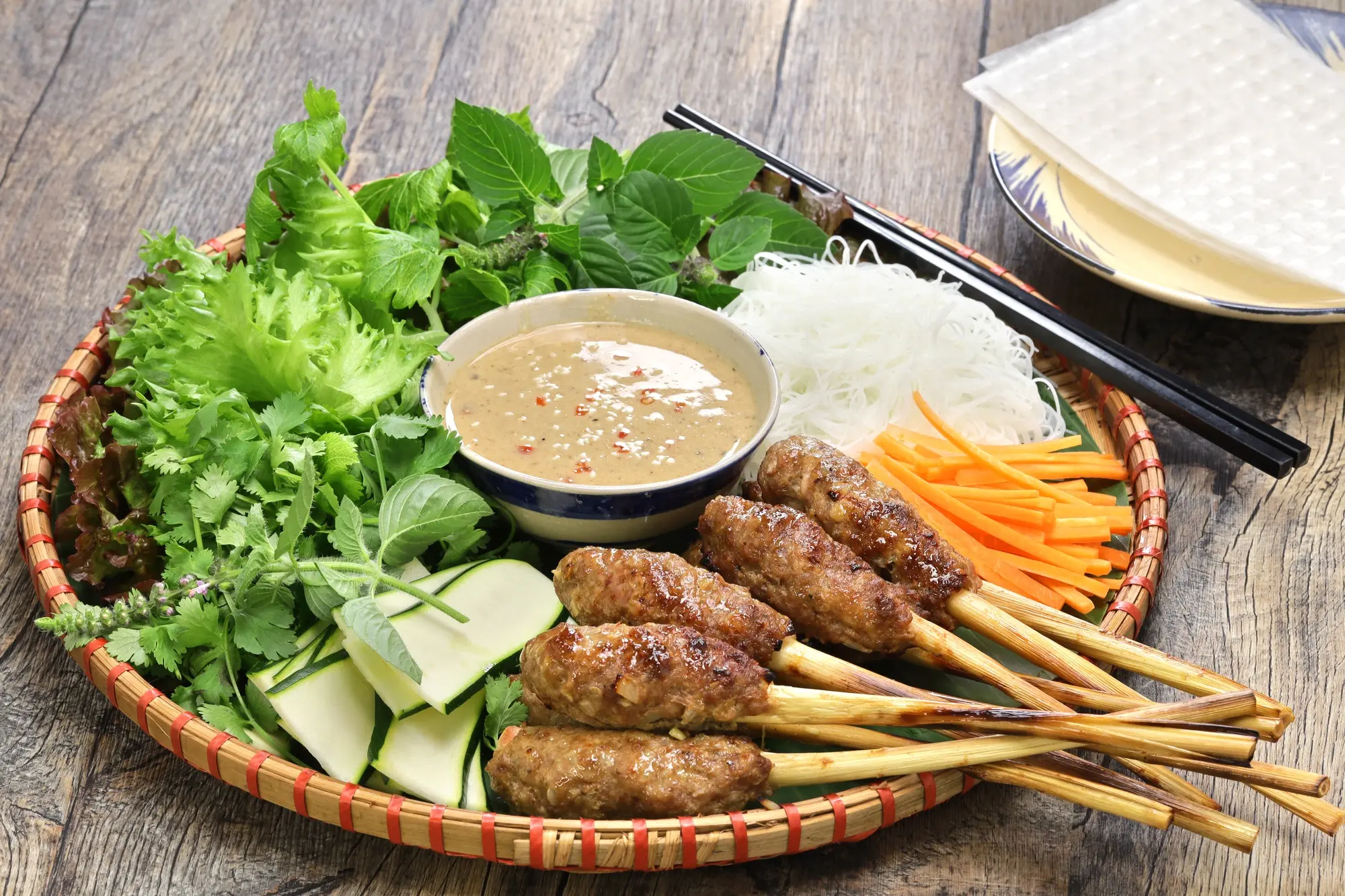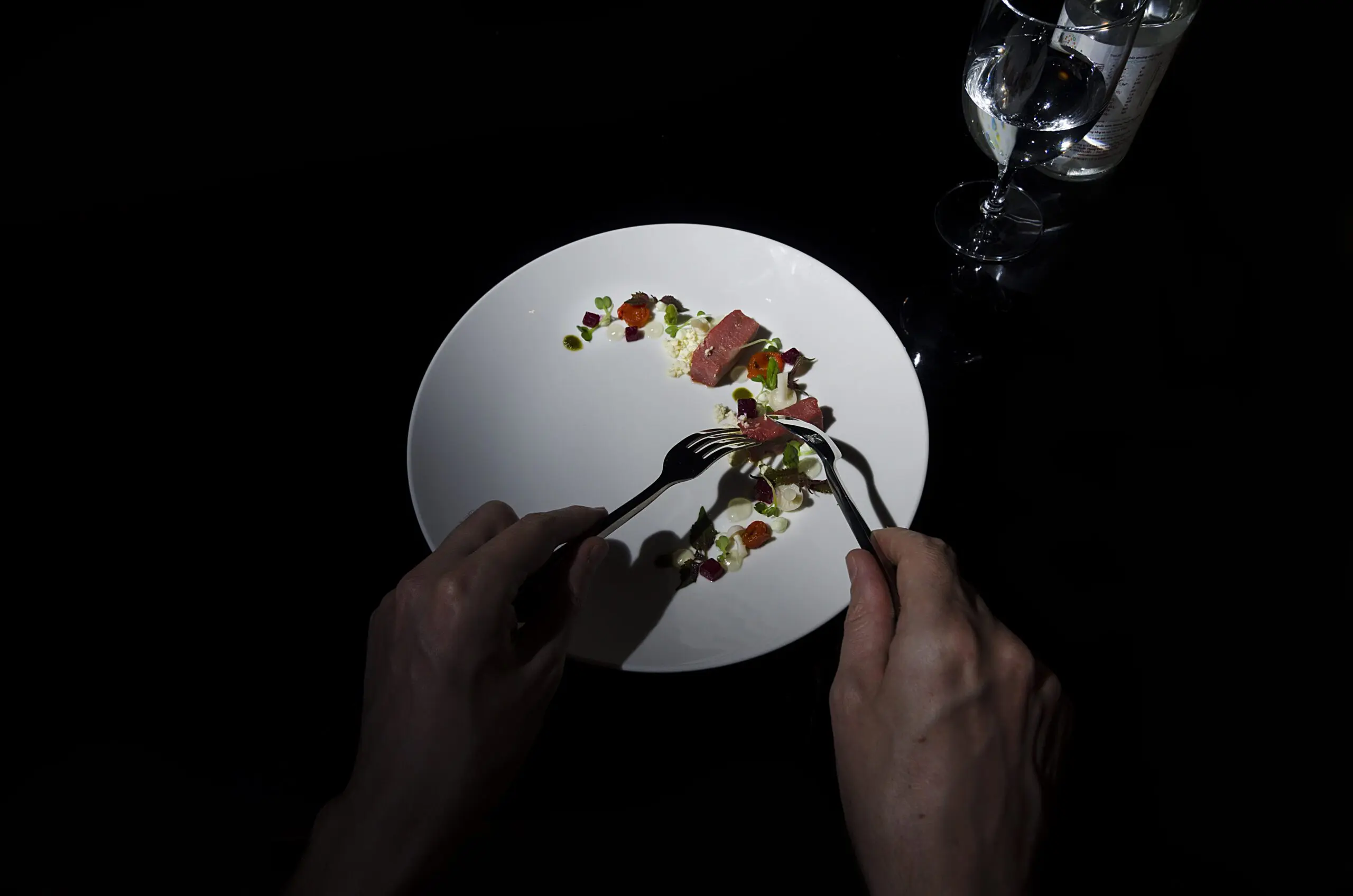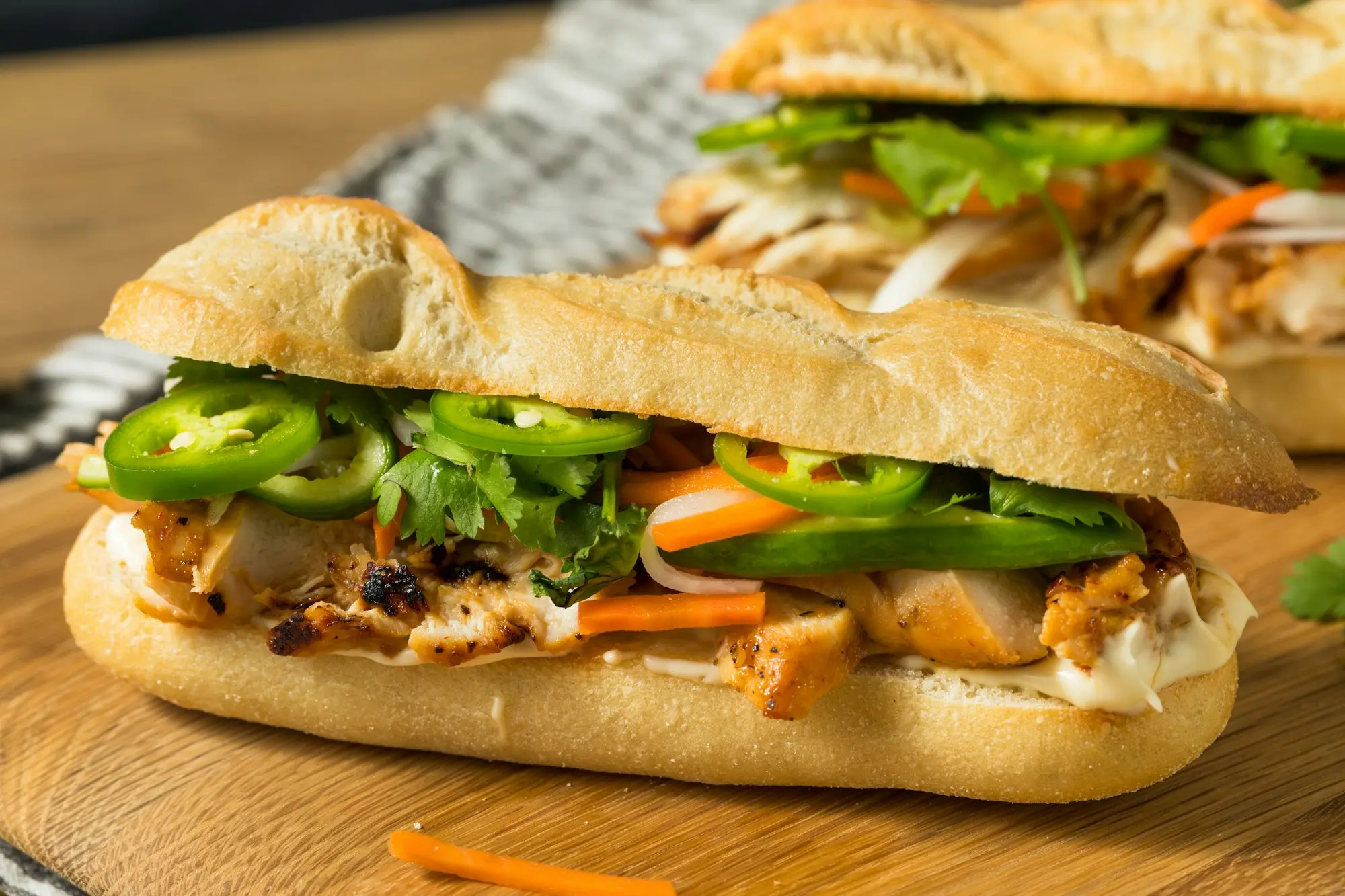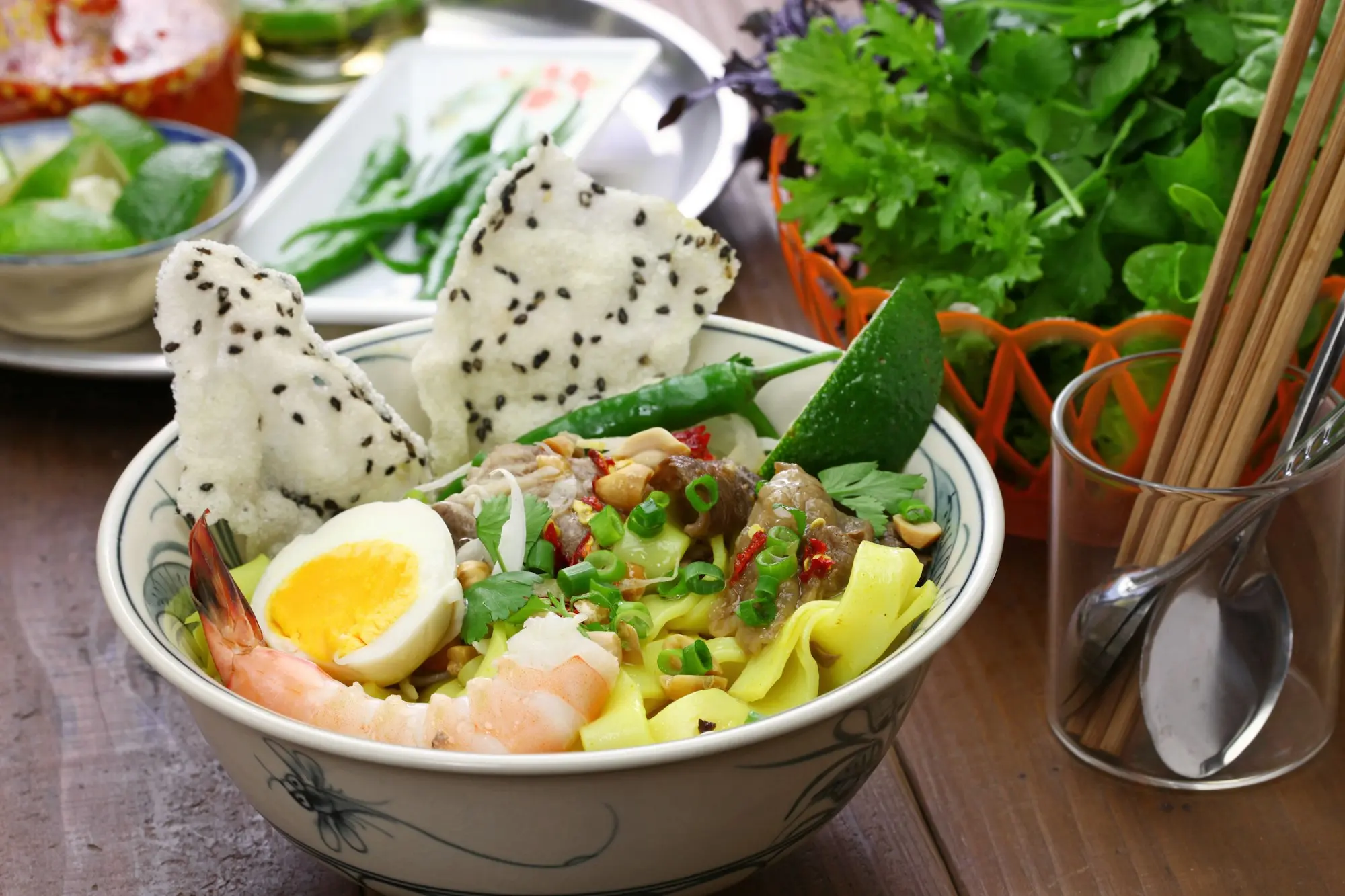Why Mi Quang Stands Out
Vietnamese cuisine is celebrated for its depth, flavor, and cultural significance. Among its most cherished dishes is Mi Quang, a noodle dish from the heart of central Vietnam, which has recently been awarded the status of an Intangible Cultural Heritage of Vietnam. While Pho and Banh Mi have gained worldwide fame, Mi Quang remains a lesser-known treasure that embodies the essence of Vietnamese culture, especially from the Quang Nam region. This article takes you on a journey through Mi Quang’s origins, unique ingredients, and cultural importance. Whether you’re a culinary explorer or a lover of heritage dishes, Mi Quang is a culinary experience that promises to leave a lasting impression.
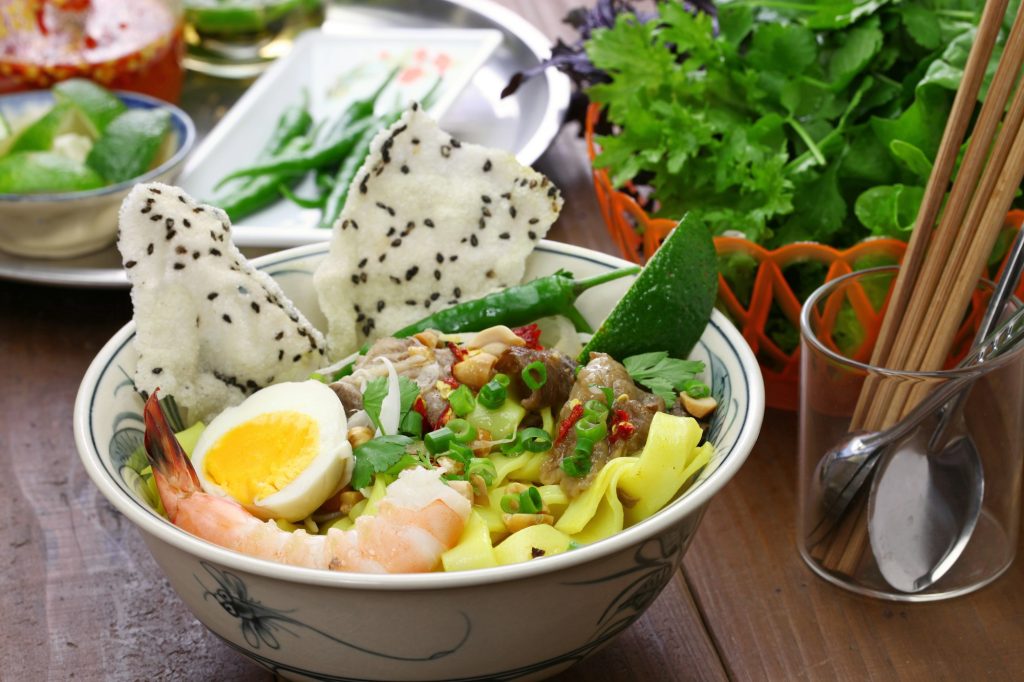
Origins of Mi Quang: A Bowl with History
Historical Background
Mi Quang traces its origins back to Quang Nam, a province known for its rich history and resilience. Situated near the ancient town of Hoi An, this region has long been a cultural hub, influenced by the Cham, Chinese, and French. Mi Quang was traditionally a meal reserved for special occasions, with local families gathering to prepare this unique dish as a celebration of family, culture, and community.
Cultural Significance
In Vietnamese households, food is more than sustenance; it’s a means of passing down values, stories, and cultural identity. Mi Quang is particularly significant for its modest, yet flavorful composition, mirroring the resilient and adaptable spirit of the people of central Vietnam. This dish is cherished not only for its taste but also for the sense of home and tradition it imparts with every bowl.
What Makes Mi Quang Unique? Ingredients & Preparation
Distinctive Ingredients
The magic of Mi Quang lies in its carefully selected ingredients that bring together a unique blend of flavors and textures. Key ingredients include:
- Rice Noodles: Thicker and flatter than Pho noodles, these noodles are often yellow due to the turmeric added during preparation.
- Broth: Unlike other noodle soups, the broth in Mi Quang is minimal and intensely flavored with ingredients such as pork bones, shrimp, and chicken. It’s simmered to extract flavors, seasoned with fish sauce, and ladled sparingly over the noodles.
- Protein Variations: Depending on the recipe, Mi Quang can include proteins like shrimp, pork, chicken, or even frog.
- Aromatic Herbs and Garnishes: Fresh herbs like basil, cilantro, and banana blossom are piled generously atop the noodles, along with roasted peanuts, crushed rice crackers, and lime, adding an extra layer of flavor.
The Art of Preparation
Preparing Mi Quang is an art that involves patience and precision. The noodles are boiled until they reach the perfect texture—soft yet chewy. The broth is seasoned and simmered until it’s rich but not overwhelming. The dish is assembled with the noodles at the bottom, topped with protein, fresh herbs, a sprinkle of peanuts, and a drizzle of broth to enhance every bite without overpowering it.
Local Variations
Mi Quang’s versatility allows for numerous variations. Some regions prefer a more robust broth, while others may serve it drier. Proteins can also vary, with some recipes featuring tender frog meat or even vegetarian versions for those who avoid animal products. This adaptability is part of Mi Quang’s charm, as it can be tailored to suit personal preferences while maintaining its unique identity.
Why Mi Quang was Named a Vietnamese Cultural Heritage
Cultural Heritage Status
The Vietnamese government’s decision to recognize Mi Quang as an Intangible Cultural Heritage highlights its cultural and historical value. This designation is not just about food; it’s about preserving a piece of Vietnamese heritage that connects people to their roots. In a world where many traditional recipes are fading, Mi Quang serves as a symbol of resilience and cultural pride.
Preservation of Tradition
With its heritage status, Mi Quang is now celebrated as a vital part of Vietnamese culinary history. This recognition encourages younger generations to learn the art of Mi Quang, preserving not only a recipe but also a legacy. It reminds people that, like other forms of art, culinary practices are a means of storytelling that needs to be nurtured and passed down.
Experiencing Mi Quang as a Visitor
Where to Find Authentic Mi Quang
For travelers in Vietnam, especially in the central regions, seeking out an authentic bowl of Mi Quang is a must. In cities like Hoi An and Da Nang, local eateries serve Mi Quang with recipes that have been handed down through generations. Famous spots include:
- Hoi An Market: Known for its vibrant food scene, Hoi An Market offers several stalls that specialize in authentic Mi Quang.
- Local Restaurants in Da Nang: Known for their dedication to quality ingredients and traditional recipes, these spots provide visitors with a taste that locals cherish.
- Quang Nam’s Family Kitchens: If you’re lucky, a family invitation in Quang Nam will let you experience Mi Quang in the most traditional way possible—handmade, with care and authenticity.
How to Enjoy Mi Quang
Eating Mi Quang is a sensory experience. To enjoy it fully:
- Mix It Up: Start by mixing all the ingredients together to ensure each bite has a balance of flavors.
- Add Fresh Herbs: Top with additional herbs if available—Vietnamese meals are often enhanced by fresh greens.
- Lime and Fish Sauce: Add a squeeze of lime and a touch of fish sauce for a zesty kick.
- Enjoy with Rice Crackers: Traditionally, rice crackers are crumbled on top for an extra crunch.
Mi Quang’s Growing Influence and Future
International Appeal
Although Pho and Banh Mi have become synonymous with Vietnamese cuisine globally, Mi Quang is gradually finding its place on the international stage. As Vietnamese restaurants around the world aim to expand their offerings, Mi Quang has started appearing on menus in countries like the United States, Australia, and France. Its rich history and complex flavor profile make it appealing to food enthusiasts and those interested in culinary traditions from different cultures.
The Role of Heritage Status
Mi Quang’s designation as a heritage dish serves as a reminder of the importance of culinary preservation. This recognition can also help Mi Quang gain international fame and ensure that it remains a vital part of Vietnamese culture. As more people discover the dish, its unique flavors and historical significance will continue to inspire a global appreciation for the culinary diversity of Vietnam.
Conclusion: A Dish Worth Celebrating
Mi Quang is more than a dish; it’s a celebration of Vietnamese culture, history, and resilience. With its designation as a cultural heritage, Mi Quang has been recognized not only for its unique taste but also for its role in preserving Vietnamese identity. Every bowl tells a story, from the ancient streets of Quang Nam to bustling modern cities. Whether you’re enjoying it in a local Vietnamese eatery or recreating the dish at home, Mi Quang offers a connection to a culture that treasures its traditions, one delicious bite at a time.

